 |
| Royal Enfield motor of the 1950s can't speak for itself, but its history is knowable. Let me explain. |
Members there immediately go to work, trying to answer the question. (Initial results: it's a 250cc Indian Fire Arrow, circa mid-1950s).
I suspect there's more to this impulse than wanting to help a stranger. We all want to know the answers.
Old stuff. Old things. Rusty. Broken. Missing the parts they need to make them work.
They're just junk. Why, then, do they have such a hold on our imaginations?
I'm standing on a sea wall behind what many years ago had been a boat yard in Florida. I look into the shallow water at my feet and notice that old engine blocks were dumped into the water, long ago, to reinforce the wall.
To my amazement, I notice that they are straight-eight engine blocks. There is no explanation.
My wife and I go to a historic seafood restaurant on an island in Lake Superior. While we wait for a table, I wander out back and find what looks like part of an inline motor, with 12 holes, in two rows of six.
This time there is an answer. The old skipper of the ferry that took us to the island says it was part of a V-12 Liberty airplane engine, circa 1918. It was used as a boat motor until it suffered oil starvation.
We're bicycling around Lake Okeechobee when I notice a penny on the ground. It's rare to find an old penny in Florida, a state that didn't even have much population until the 1950s. But this penny is dated 1926. What is it doing by the side of the road in 2016?
 |
| 1926 penny I found about where it is positioned on this map of the Lake Okeechobee shoreline. |
Had this penny been lost in 1928, then been picked up by a tire on a muddy boat ramp recently, and eventually flung into my path?
No way to know. But wouldn't you like to know? I would.
As far as Royal Enfields go, we're lucky experts do exist to find the answers.
Graham Scarth, chairman of the Royal Enfield Owners Club, routinely helps people decipher the serial numbers on Royal Enfield frames and motors. Here's a link to my blog item on how to seek his help.
I'll be watching the Britbike forum to find out more about that motor in Iowa.






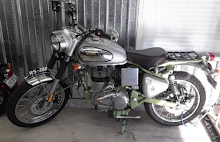


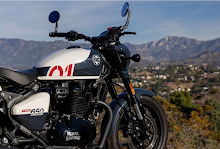
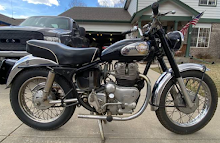





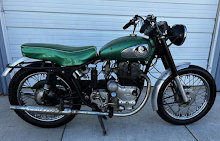

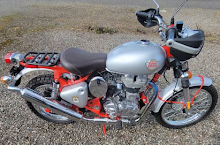






Your fascination with things and history chimes with mine, David.
ReplyDelete